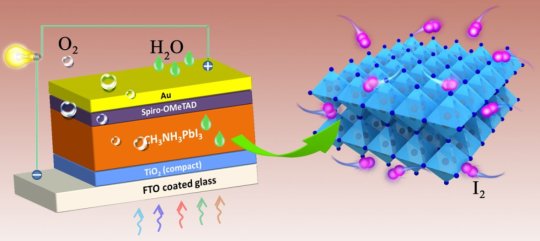
Stability challenge in perovskite solar cell technol (28/12/2016)
While solar cell technology is
currently being used by many industrial and government entities, it remains
prohibitively expensive to many individuals who would like to utilize it. There
is a need for cheaper, more efficient solar cells than the traditional silicon
solar cells so that more people may have access to this technology. One of the
current popular topics in photovoltaic technology research centers around the
use of organic-inorganic halide perovskites as solar cells because of the high
power conversion efficiency and the low-cost fabrication.
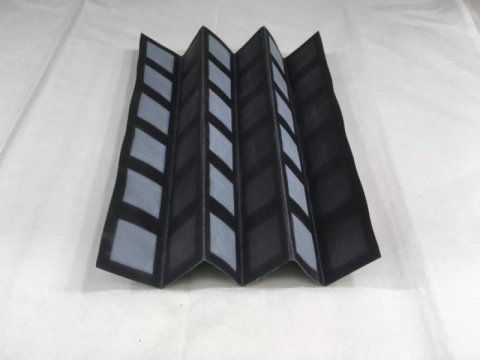
Scientists build bacteria-powered battery on single sheet of paper (27/12/2016)
Researchers have created a bacteria-powered battery on a single sheet of paper that can power disposable electronics. The manufacturing technique reduces fabrication time and cost, and the design could revolutionize the use of bio-batteries as a power source in remote, dangerous and resource-limited areas.
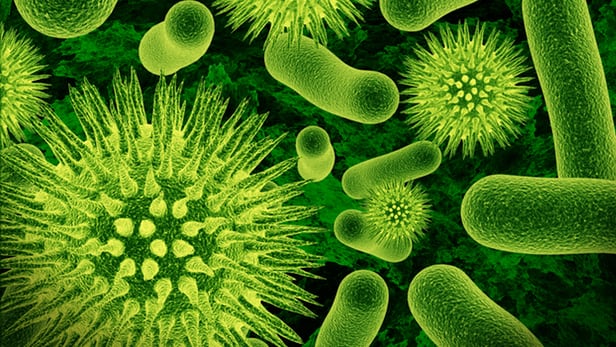
"Blinded" superbugs can't infect what they can't see (27/12/2016)
The rise of drug-resistant bacteria, or superbugs, is a serious issue. A UK government report estimates that they could kill up to 10 million people a year by 2050 – one person every three seconds. With overprescription of antibiotics one of the key drivers of this trend, scientists are exploring others ways for us to stave off infection, among which is a new molecule that essentially blinds bacteria before they can latch onto healthy cells and grow.
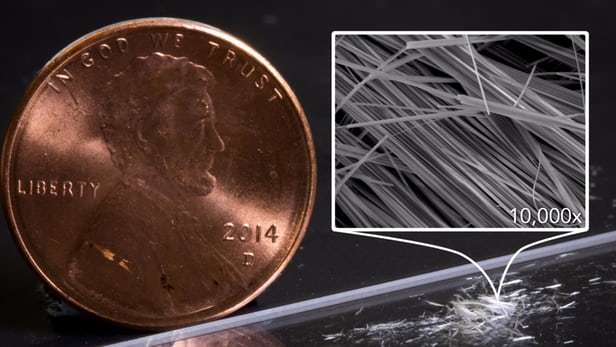
Super-thin electrical wires are made from tiny diamond bits (27/12/2016)
Physicists from Stanford University say they have just invented the world's narrowest electrical wire, just three atoms wide, using diamandoids (the smallest component parts of a diamond) to do so. The creators believe that the new method used to create this nanowire could one day be employed to make minuscule wires for a range of applications, including electricity-generating fabrics, optoelectronic devices, and even superconducting materials that conduct electricity with almost no loss.
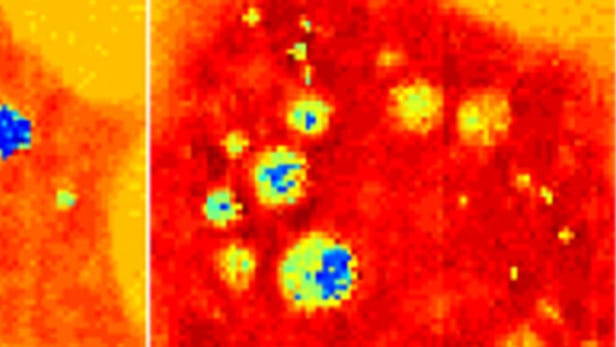
New method uses sound to see vividly inside living cells (27/12/2016)
Researchers from The University of Nottingham (UN) have developed a groundbreaking technique that uses sound rather than light to see inside live cells. The new technique provides insight into the structure and behavior of cells that could rival the optical super-resolution techniques that won the 2014 Nobel Prize for Chemistry.
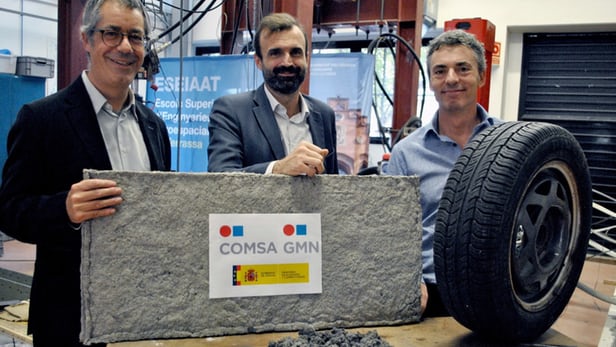
Scientists get more mileage out of discarded tires (27/12/2016)
When we hear about old tires being recycled, it's usually their latex content and/or their steel fibers that are actually being harvested. They also contain fabric, which traditionally hasn't been nearly as useful. That may now be changing, however, as Spanish scientists have created a building material using tire fabric fibers.

Sound used to detect unsound brains (27/12/2016)
If an athlete receives a concussion, there's no question that they should receive medical attention as soon as possible. What can be harder to tell, however, is whether or not they've actually got a concussion. In the recent past, we've seen systems that track eye movements in order to determine if a traumatic brain injury has occurred. Now, scientists from Illinois' Northwestern University are suggesting that the way in which the brain processes sound may be an even better indicator.
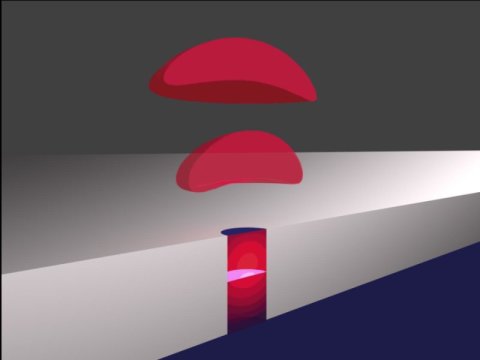
Ultra-small nanocavity advances technology for secure quantum-based data encryption (26/12/2016)
Researchers
have developed a new type of light-enhancing optical cavity that is only 200
nanometers tall and 100 nanometers across. Their new nanoscale system
represents a step toward brighter single-photon sources, which could help
propel quantum-based encryption and a truly secure and future-proofed network.
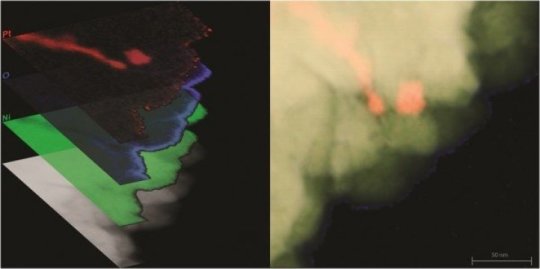
One step closer to reality: Devices that convert heat into electricity (26/12/2016)
The same
researchers who pioneered the use of a quantum mechanical effect to convert
heat into electricity have figured out how to make their technique work in a
form more suitable to industry.
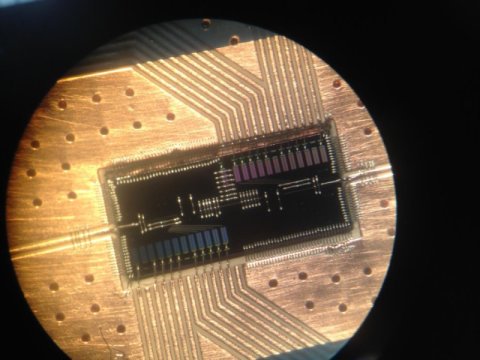
Electron-photon small-talk could have big impact on quantum computing (26/12/2016)
In a step
that brings silicon-based quantum computers closer to reality, researchers at
Princeton University have built a device in which a single electron can pass
its quantum information to a particle of light. The particle of light, or
photon, can then act as a messenger to carry the information to other
electrons, creating connections that form the circuits of a quantum computer.









